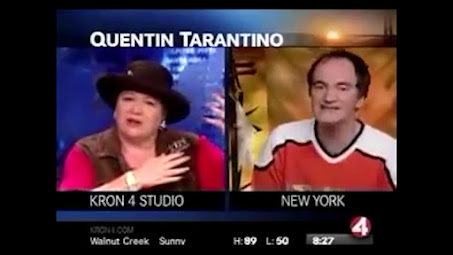Terminator, The Exorcist III, and the Evolution of the Jump Scare
Magic relies on misdirection. Watch my left hand as my right adds another ace to the deck. Focus on my voice while I stuff this rabbit into my hat. Look at this buxom blonde “assistant” I picked up outside as I sneak off backstage and “disappear.” Etc., etc.. James Cameron achieves a similar effect in this iconic scene from Terminator.
The insert shots of the cop filling out paperwork are there to distract you until it’s too late and Schwarzenegger’s driving a car through the front window--a pyrotechnic prelude to the massacre to come. Cameron deprives the audience of crucial information, making it nearly impossible for you, the viewer, to accurately anticipate what is going to happen next.
The nearly five minute long nurse station scene from The Exorcist III operates on the exact opposite principle. William Peter Blatty provides you with altogether too much information. Will the Gemini Killer jump out from behind that desk? Or maybe he’ll burst through those double doors at the end of the hall? And just when you’re convinced nothing is going to happen…
Modern jump scares have attempted to marry these two modes with varying degrees of success. James Wan’s breakout hit The Conjuring features perhaps the most effective jump scare in recent memory: the so-called “Hide and Clap” scene. The negative space to the right of Lili Taylor’s head serves the same purpose as the empty hallway in The Exorcist III, though Wan uses significantly less information to disorient you, opting instead to speed up the action. As in Terminator, tension is established and catharsis is achieved in just over a minute of screen time.







Comments
Post a Comment